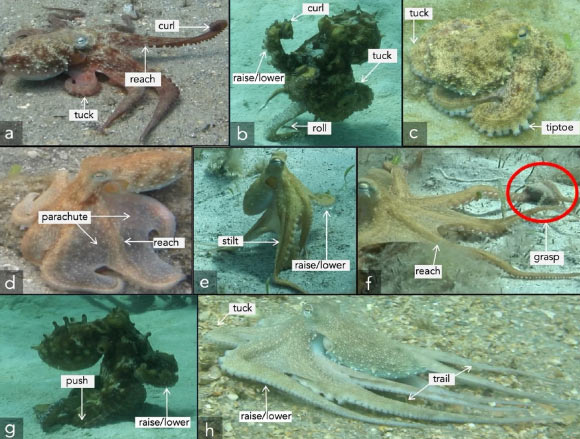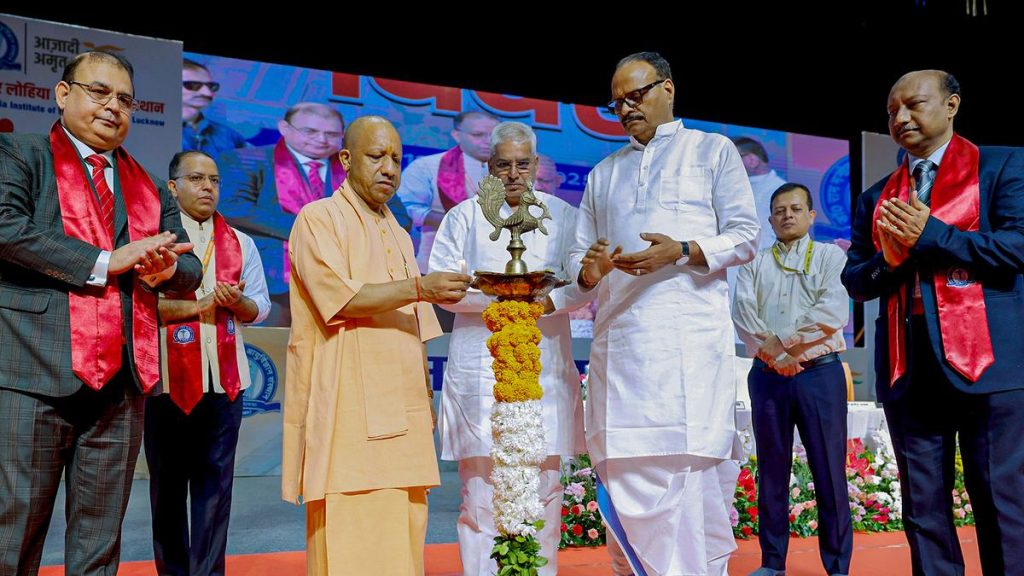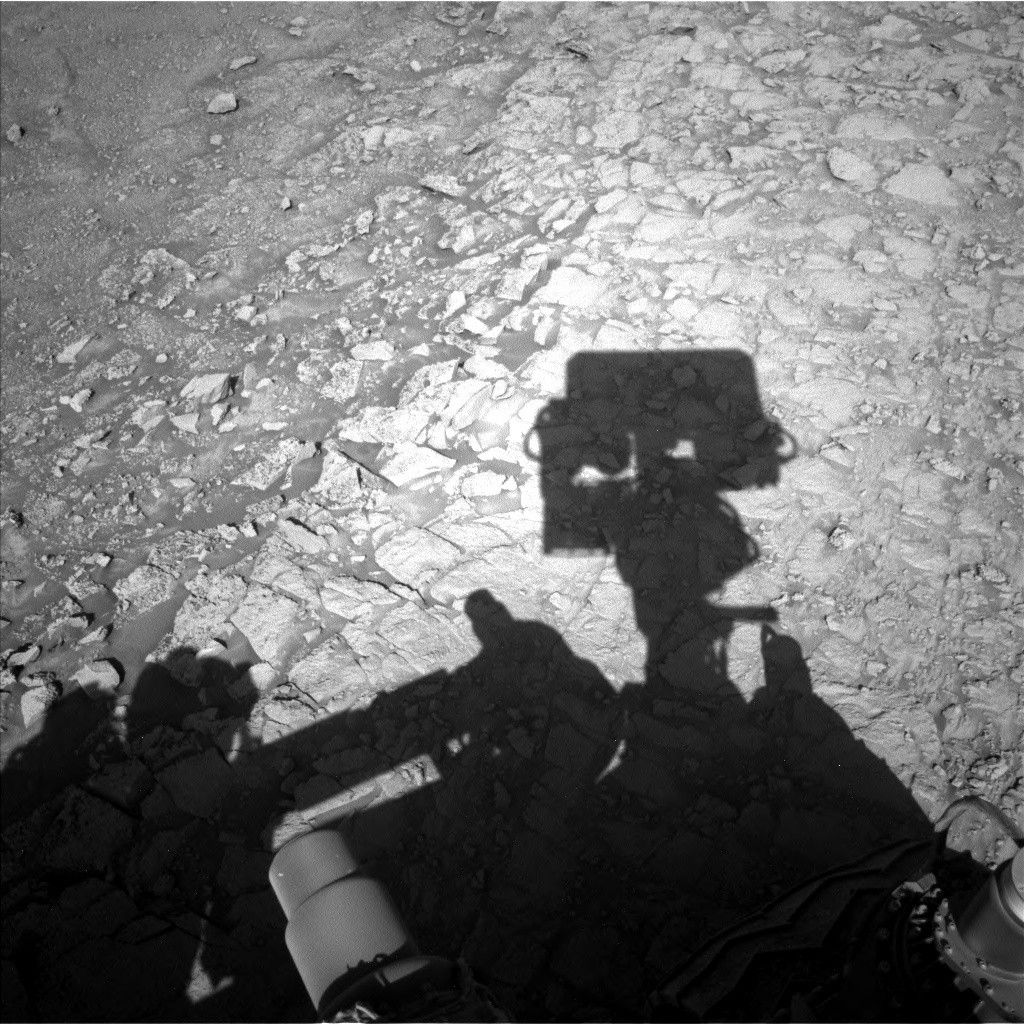Now Reading: Octopuses Show Arm Preferences for Specific Tasks
-
01
Octopuses Show Arm Preferences for Specific Tasks
Octopuses Show Arm Preferences for Specific Tasks

Quick Summary
- Study Overview: A new study examines how wild octopuses use their arms in diverse natural habitats, analyzing arm movements related to whole animal behaviors in real-world settings.
- Findings on Arm Use:
– Each arm is capable of performing all types of actions but shows some specialization.
– Front arms are mainly used for exploration (64%), while rear arms assist in movement (36%).- Rear-arm-specific tasks identified include “rolling” (moving under the body) and “stilting” (extending downward to raise the body).
- Flexibility and Coordination: Octopus arms demonstrate remarkable motor control, with single arms able to perform multiple actions simultaneously and coordinate across several limbs.
- Muscle Structure: Arms consist of four muscle groups – transverse, longitudinal, oblique, circular – enabling deformation for varied tasks like hunting and self-defense.
- Methodology: Researchers studied video footage of three octopus species filmed between 2007-2015.
- Robotic Implications: Findings may help develop robotic systems mimicking octopus limb functionality.
!Examples of arm actions from wild octopuses
Indian Opinion Analysis
While seemingly distant from India’s immediate concerns, this research sheds light on a broader narrative relevant to global advancements in biomimetic technology-a field where India has growing interests. As robotics and artificial intelligence gain ground worldwide, findings like these can inspire future innovations in adaptive design or advanced prosthetics. indian researchers or tech startups aligning with developments in automation might see promising applications for adapting such flexible limb mechanics into manufacturing or rehabilitation technologies.
Moreover, India’s coastline is home to rich marine biodiversity; understanding species behavior such as this expands frameworks for conservation science. Interdisciplinary collaborations connecting biology with emerging tech fields could position India as a leader not only in biodiversity preservation but also applied marine robotics.

























